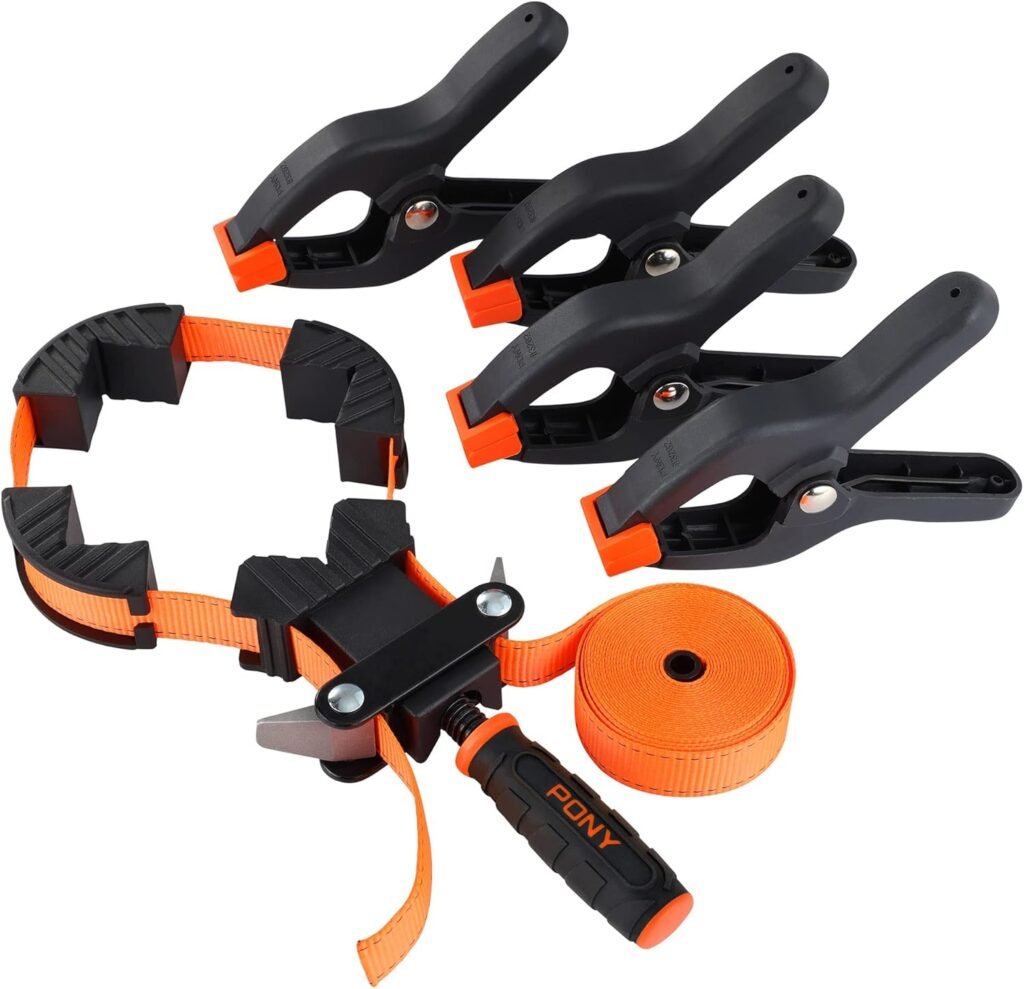My worst habit in the shop is beginning a project without thinking about dry-time for glue. I get to the part where it’s time to start assembling pieces, and I realize that I haven’t lined up my clamps, so I end up trying to wing it, holding my pieces together with my fingertips, or trying to balance my stuff on the edge of the workbench, using a tool as a weight until I can grab the right clamp. I often end up having to redo my joints because of course, my hand-clamp or jerry-rigged contraption inevitably fails, and something goes crooked. I’ve been building things for over 20 years, and I still can’t seem to get my clamping game dialed-in. You should learn from my mistakes and begin with the right clamps for what you’re trying to do.

Bar clamps are a popular choice for woodworking because they can keep glued components snug while you’re waiting for glue to dry. Not all bar clamps are created equal, though. If you’re working on something like cabinetry or a cutting board, using a flat jaw bar clamp that provides even pressure all along the jaws of the clamp will help you keep things square and flush.
If you plan to build frames and furniture, corner clamps can be a useful tool to have. While a long enough set of bar clamps will often get you across the finish line on its own, corner clamps can help keep your parts square with less hassle. I use this type of clamp when I’m working on smaller-sized frames because they can be easier to handle if you’re working by yourself to line things up.
I often find that when I’m working on furniture, I run into odd-shaped parts that need to go together. Regular clamps don’t fit in these situations, and I sometimes revert to my hands and random objects method for glue-up. However, there’s a tool that can hold irregular shapes together as well as help you take the warp out of a bent piece of lumber, and it’s called a strap clamp. This type of clamp works like a ratchet strap or a belt, and can encircle odd shapes to apply even pressure to hold while you’re adding fasteners or waiting for your glue to dry.
I may receive a commission on links from this page.
